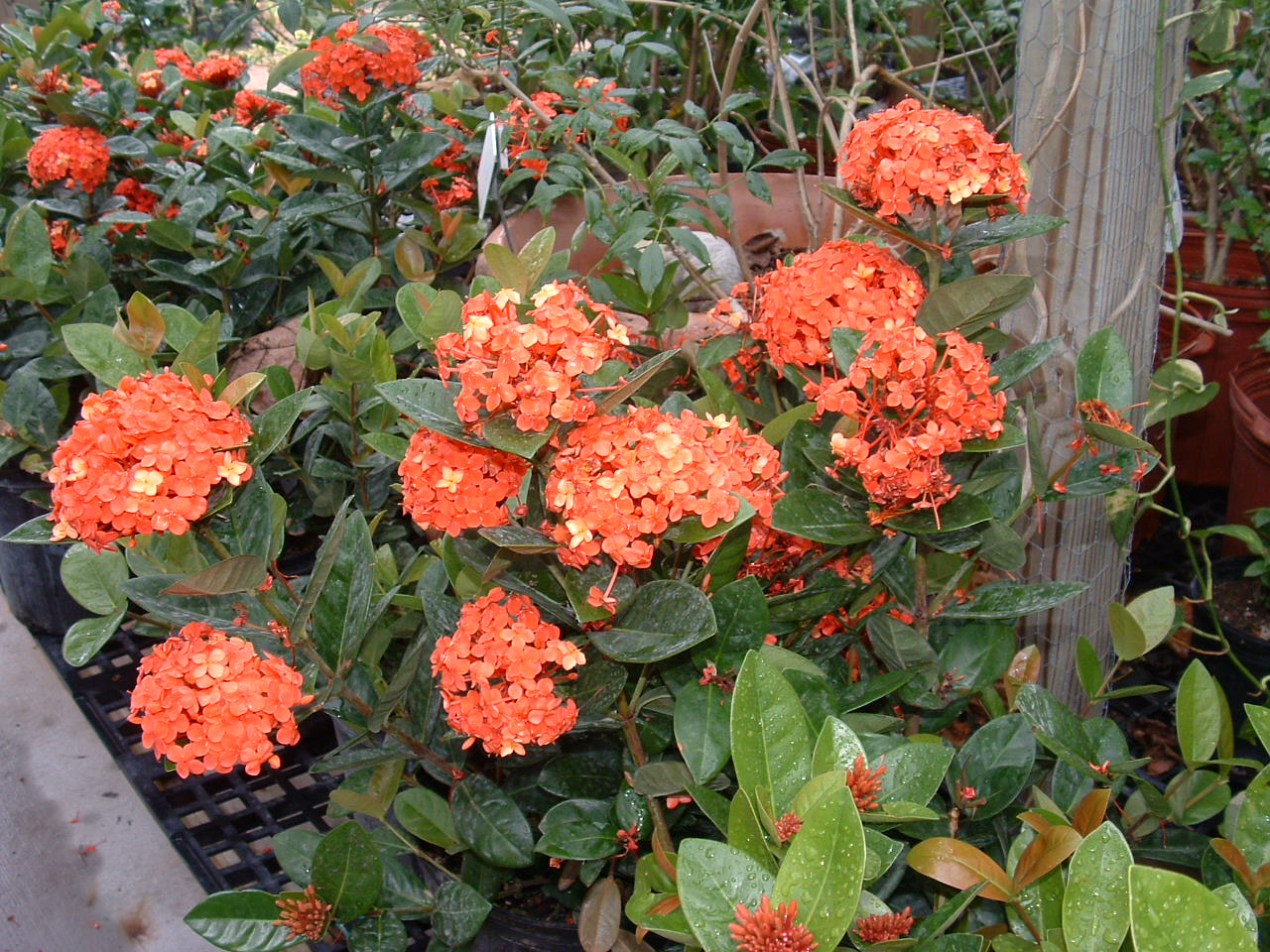Plant Directory
Flap Jacks (Kalanchoe)
I recently benefitted when a fellow gardener from Palmwoods decided to clear out a substantial collection of succulents and cacti from his garden. After sorting through three trailer loads of plants (and plucking the resulting spines out of my arms and legs) I was to discover that I now had several extra species of Kalanchoe plants.
The Kalanchoe genus is a member of the Crassulaceae family which contains many well known and loved succulents such as Echeveria and Sedum. Most of the genus originates from the tropical region of Africa and Madagascar though the name originates from a traditional Chinese name for one species.
Kalanchoe love the warmer weather of the tropical and sub tropical regions of the world, though will grow well in cooler regions if given a well protected wall facing the sun or a bright window sill. One thing they will not cope with is frost. Most Kalanchoe thrive in poor rocky conditions withstanding periods of high rainfall and humidity as well as extended dry spells. Providing them with a gritty well drained soil will prevent root rot.
Generally, I do not feed my Kalanchoe plants in the garden as the average soil will provide adequate nutrients. On the other hand, any grown in potting mix and river sand will need a general purpose slow release fertilizer as these mixes are usually devoid of nutrients.
Propagation is simply a matter of taking a leaf or stem cutting during summer and pressing it slightly into a half/half mix of course river sand and potting mix. Do not water heavily at this stage. Some Kalanchoe also produce smaller plants, or pups, around the mother plant. These can be gently removed and then transplanted any time
The weed Mother of Millions (Bryophyllum spp.) is included in the Kalanchoe genus and while most Kalanchoe are easy to propagate, they generally do not produce plantlets like the Bryophyllums’ and do not pose the same weed risk.
Some members of this genus have been used in traditional medicine and contain compounds which are extracted for western medicine though these compounds can cause poisonings in livestock.
The tallest, from Madagascar, is the Velvet Elephants Ear (K. beharensis) which can reach up to 6m and sits very nicely in a tropical themed garden. Flaming Katy (K. blossfeldiana) has been popular as a border plant in Queensland cottage style gardens because of its fantastic colour when in flower and ease of maintenance. For a more contemporary garden, try Flapjacks (K. thyrsiflora) among your feature pebbles alongside the house. Flapjacks will develop a red colour if they receive enough direct sunlight.
Thanks to my generous benefactor, I am now working on my cacti and succulent garden and looking forward to seeing how these beautiful plants develop.




